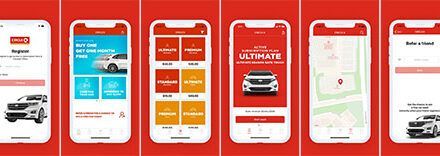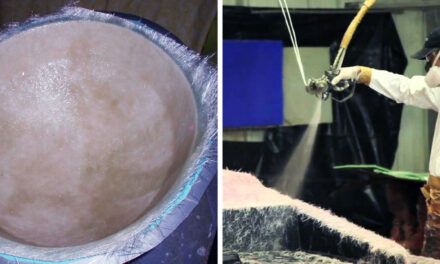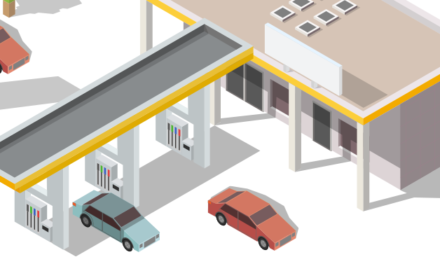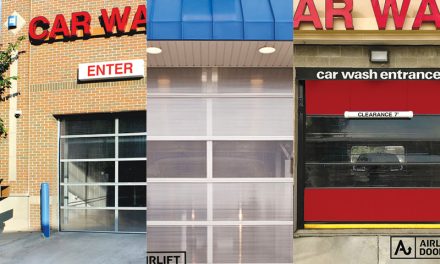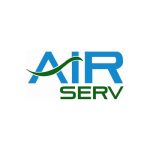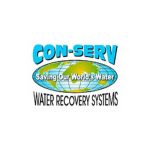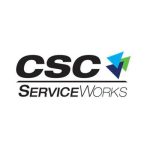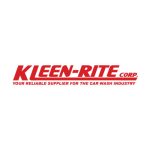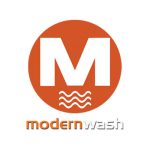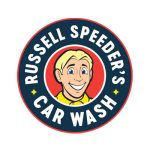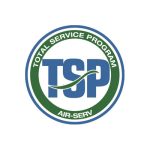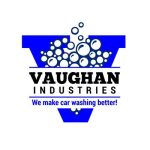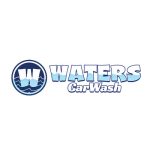
Clean Up with Vacuums
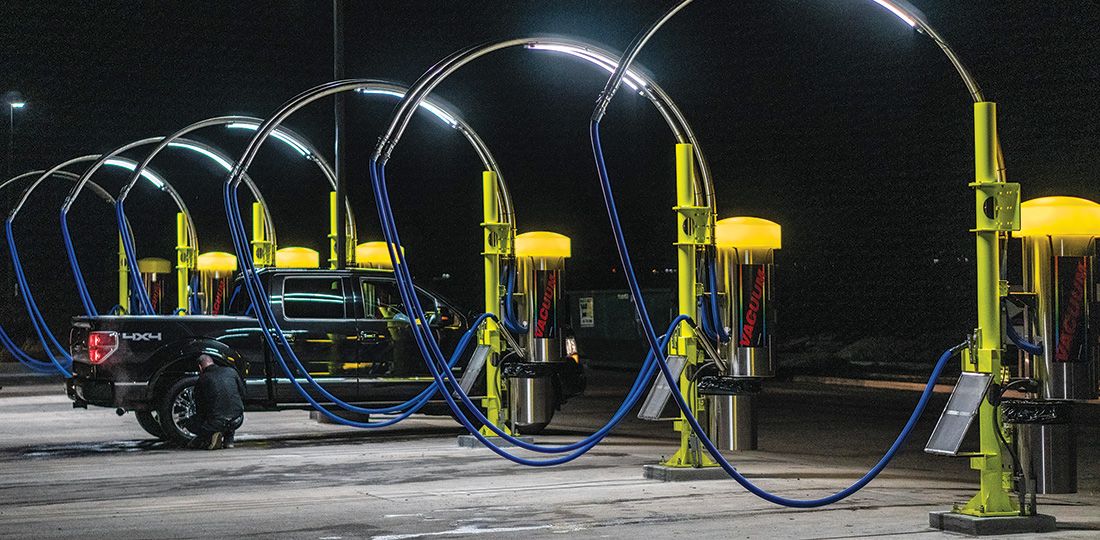
By Tania Moffat
Today’s carwash industry is more competitive than ever. Innovative branding is attracting carwash customers with time-efficient, precision washes equipped with stunning light shows and appealing wash card memberships but vacuums are one of the most important tools operators can use in their arsenal to lure in and retain customers.
Vacs provide added value and increase customer satisfaction – after all, they spend most of their time inside their vehicles.
Design, quality and longevity
There are many factors to consider when installing a vacuum system. The overall size of the wash and site, amount of existing business, growth opportunity, nearby competition, traffic counts, vacuum style and horsepower, all should play a role in your decision making.
A well-designed layout considers site flow and accounts for simultaneous users. “It is important to assist the operator in understanding what the correct performance expectations of the vacuum system should be – too little vacuum can be just as ineffective as too much vacuum. The number of central vacuums needed (really a horsepower calculation) is done by considering the total number of vacuum hose drops as well as the number of simultaneous users that will be using the vacuum system at the same time. Engineered vacuum systems will calculate and include the line loss calculations for the vacuum manifold while correctly managing the collection and disposal of debris,” says Wes Taggart, vice president of Sonny’s Vacuums by AutoVac.
“Whether you are installing a large central vacuum system with 15 to 40 vacuum closets or individual units for one to six vacuum areas, operators should expect a system that is manufactured for longevity and performance. Today’s vacuums are fabricated with high quality materials to last longer and operate in extreme climates. The longevity of motors has increased from 500 to 5,000 hours meaning they should operate for 20 years with a little maintenance. Another feature units should come equipped with is the technology to let operators know if there is a drop off in suction,” adds John Tucker, CEO of Vacutech, NCS.
Taggart explains further: “The right compliment to an excellent vacuum system design is the material used within the build. Aluminum end bells and impellers with monitored energy controls assist in dissipating heat, making the load easier on the electric motor and the bearings – increasing the life expectancy of the equipment. It’s also a quieter vacuum system, making the environment much more pleasant for your customers as well as your surrounding neighbors. And it doesn’t stop with the producer. Stainless steel filter separators, aluminum vacuum manifolds, compression couplings and even aluminum fittings are an excellent esthetic finish to the central vacuum system.”
Curating the experience
Every wash is different and thankfully operators have several options when it comes to product choice says Kraig Snyder, sales and marketing manager, at J.E. Adams Industries, Ltd. “Pole mounted vacs have become more user friendly and there are more arch and canopy style vacuums being installed in the marketplace. Pedestals, stanchions, and arches powered with central vac or pole mounted vacuums are available in pay or free options. This gives owners the ability to customize their site to suit their needs, look great and attract more business,” explains Snyder. Hoses, nozzles, canopies and arches can also often be matched to accentuate your brand.
An elite customer experience can further be curated from a selection of accessories and options. “Owners can consider including debris extraction at the point of vacuum, bright overhead RGB LED lighting, micro towels for cleaning surfaces, aluminum-canopied vacuum lanes, mat holders to clean the floor mats, trash cans for larger debris, and air guns for blowing out debris and water. Some operators even offer spray bottles with cleaners to make the windows squeaky clean inside and out. Washes often add these accessories because they keep customers coming back and telling their friends about their excellent carwash experience,” adds Taggart.
Innovations
Technological innovations continue to accelerate and impact the industry. “The advent and popularity of the express carwash model has significantly impacted labour costs – reducing staffing needs from 10 to 15 employees down to two to four employees. Vacuum IQ, or proprietary software for variable frequency drives (VFDs), has also evolved, and can save over 60 per cent in the daily operating cost of the vacuum system and upwards of 90 percent when the vacuum is at “idle.” With these gains, vacuums can produce a return on investment in approximately 12 months. Even solar top technologies are now being implemented within the carwash industry – the go green initiative is now working for you,” says Taggart.
One of the most compelling changes in the market has been the development of the arch which brings the hose up and away from the vehicle. Previously units provided users with a long hose that they had to unwind to vacuum and replace when they were finished. This system is cumbersome and generally has poorer suction. The arch makes it much easier for customers to bring the hose to the vehicle and as it is suspended from above, it’s kept off the ground. Arches are also much better equipped for dealing with winter, a must in Canada.
Much like the light shows that dress up carwashes, multi-colour RGB LED lights can be used to accentuate vacuum bays. Bays can be illuminated with white light during use and adding atmosphere with coloured or flashing lights when the wash is closed, with the touch of your cell phone.
Free versus pay
Installing pay vacuums is initially more expensive and they will require more maintenance over time, however, they do directly contribute to revenue. “When choosing a pay system, it’s important to include payment methods that your customers want. There are additional revenue opportunities to consider including shampoos, spot removers, and fragrance,” shares Snyder.
While pay vacuums may have a place in self-serve wash bays and smaller washes, in the rapidly growing express carwash market vacuums can be the deciding factor driving customers to your site, especially if your competition is offering them for free. “The industry has quickly discovered that free systems not only heighten the overall consumer experience, but increase traffic and ultimately increase revenue and profitability,” shares Tucker.
A “free vacuum” doesn’t necessarily have to mean free for all to use. Taggart explains that costs can be regulated by controlling the ingress/egress of the site through one directional movement. Additionally, new technologies can control the cost of electrical consumption while also limiting the vacuum time use.
How does a ‘free vacuum’ generate revenue? “It’s simple,” says Taggart. “It draws new customers in and keeps the regular customers coming back. This is when the regulars become wash club members. And, in today’s marketplace, this is one of the largest goals operators look to achieve – growing their carwash membership.”
What is the takeaway for operators considering a new vacuum system? Work with a company you trust, one with long-standing industry experience and exceptional products. Vacuums complete your wash program and play a crucial role in the customer’s carwash selection so plan your system correctly – it could be the difference between closing up and cleaning up!
Tania Moffat is a freelance writer, editor, publisher and photographer. She has worked in the publishing industry for the last 15 years on a wide variety of B2B and consumer publications, both in print and online. You can connect with her at info@chiccountrylife.com








